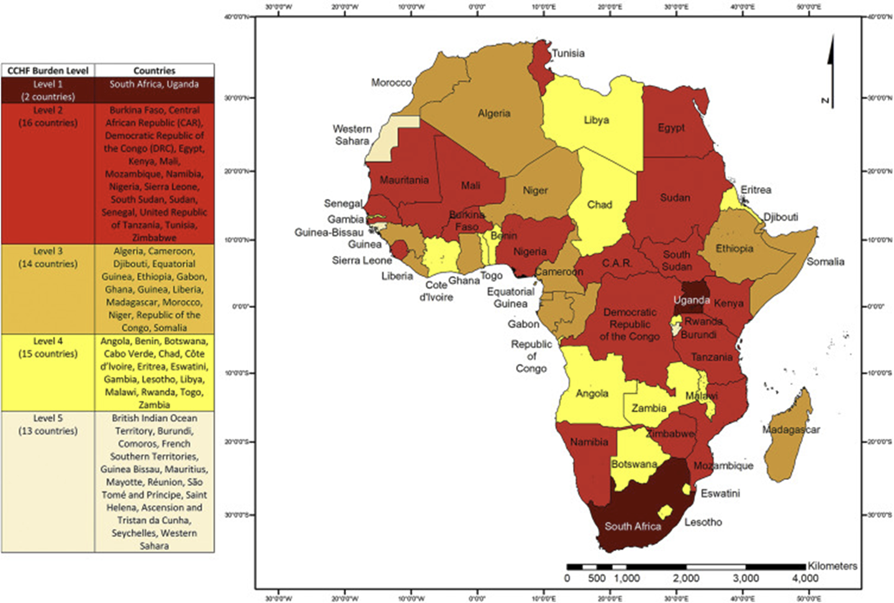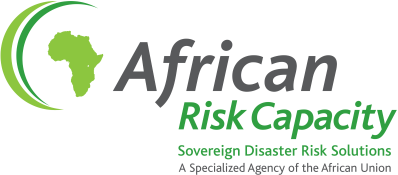The burden of CCHF and RVF diseases in Africa
The CCHF virus is transmitted to humans through ticks and infected livestock, and it can lead to severe viral hemorrhagic fever outbreaks. Many countries across different regions of Africa are at high risk, and 20 countries have reported CCHF cases. On average, about 1000 human cases are reported each year, with a case fatality rate (CFR) ranging from 5 to 80%. Animals show no clinical signs; therefore, CCHF infections do not affect the economic burden of livestock production.
The Rift Valley Fever virus mainly affects animals (CFR 10-100%) but can also cause severe illness in humans (CFR of 50% in those who develop the haemorrhagic fever form). Most human infections happen through contact with the blood or organs of infected animals, and to a lesser extent, from bites by infected mosquitoes. Among animals, the RVF virus is primarily transmitted through the bites of infected mosquitoes. The disease causes significant economic losses due to death and abortion in infected livestock. RVF virus is endemic in many African countries, and large outbreaks have been reported across all regions of the continent.
Importance for health and food security
Rift Valley Fever (RVF) is a serious threat to food security because it affects livestock, which is a key source of food and income for many communities, especially agro pastoralists. RVF outbreaks often result in bans on trading animals and their products, leading to economic hardship and disruptions in food systems. With its potential for large outbreaks in animals that can then spread to humans, RFV also presents a significant health security risk.
CCHF disease poses a significant public health threat because it can spread rapidly between humans, especially in healthcare settings during the care of high-risk groups like agricultural workers and others who work with animals.
Conclusion
ARC has begun developing infectious disease spread models to assess the risk of outbreaks of Crimean-Congo hemorrhagic fever (CCHF) in humans and Rift Valley Fever (RVF) in both livestock and humans in Africa, with the aim of introducing related sovereign parametric risk insurance products in 2026. By addressing some of the most impactful acute haemorrhagic fever diseases (Ebola, Marburg, CCHF, and RVF), ARC is strengthening its expertise in managing and funding viral hemorrhagic fever outbreaks and broadening its geographic reach, helping to protect health and food security in Africa.
Geographical distribution of Crimean-Congo Haemorrhagic Fever

Source: Temur AI, et al. Epidemiology of Crimean-Congo Hemorrhagic Fever (CCHF) in Africa-Underestimated for Decades. Am J Trop Med Hyg. 2021 Apr 26;104(6):1978-1990. doi: 10.4269/ajtmh.20-1413. PMID: 33900999; PMCID: PMC8176481. https://pmc.ncbi.nlm.nih.gov/articles/PMC8176481/
Geographical distribution of Rift Valley fever

Source: Sumaye R, et al. (2019) Rift Valley fever: An open-source transmission dynamics simulation model. PLoS ONE 14(1): e0209929. https://journals.plos.org/plosone/article?id=10.1371/journal.pone.0209929





